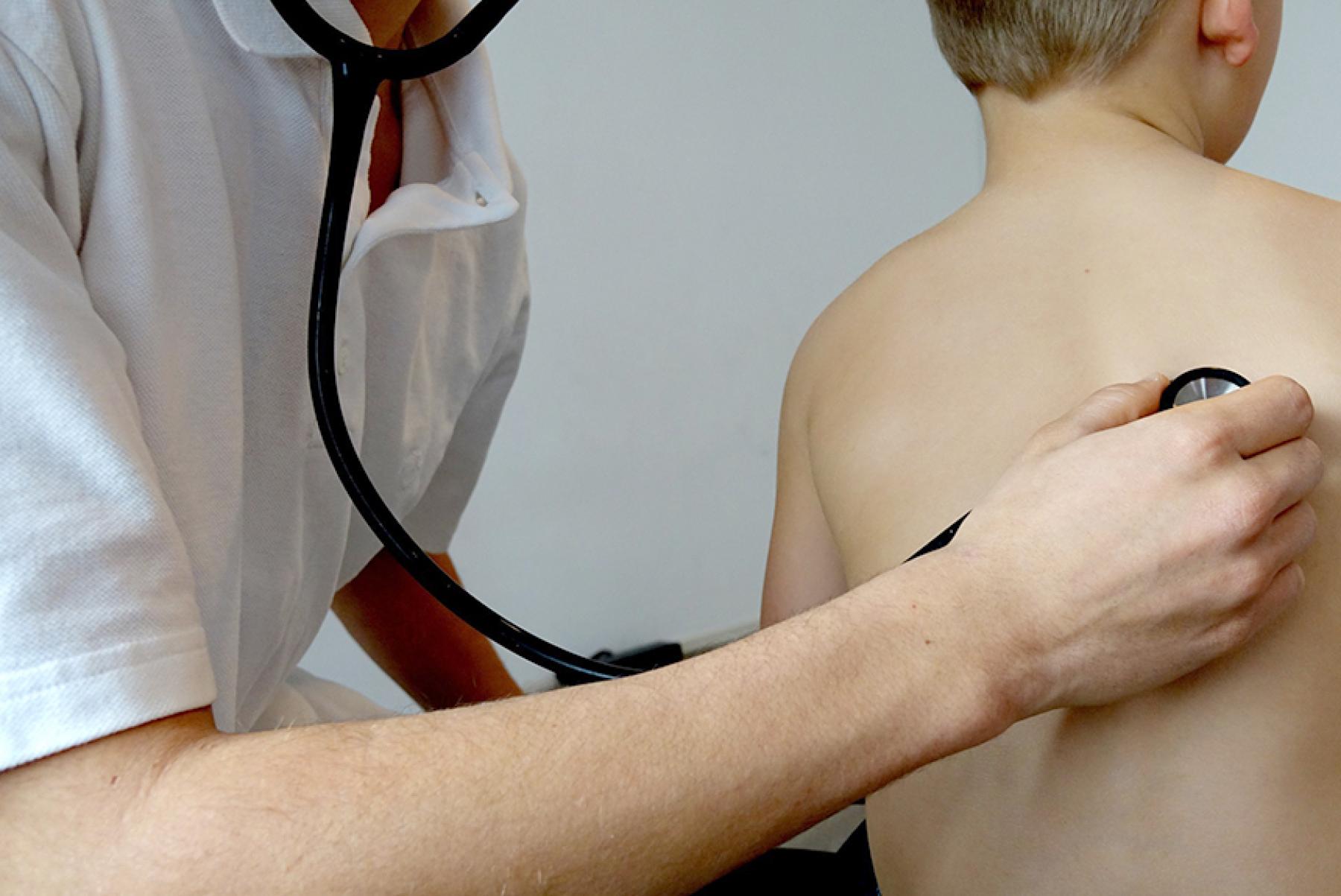Will Congress Put CHP+ on the Chopping Block?

The contentious debate over the future of the Affordable Care Act has overshadowed another important congressional health policy decision: the September 30 deadline to renew funding for the Children’s Health Insurance Program (CHIP).
About 75,000 low-income children and pregnant women in Colorado are covered by this program, a partnership between states and the feds. Colorado’s version of CHIP — Child Health Plan Plus, or CHP+ — was launched in 1998.
If Congress doesn’t meet its September 30 deadline, decisionmakers in Colorado and other states will face some pressing questions. Among them:
- What are the options for keeping CHP+ enrollees covered if funding goes away?
- How would the state handle enrollment, eligibility and billing for any alternative to CHP+?
- What would be the financial cost to the state should federal funding not be reauthorized?
A brief released today by the Colorado Health Institute (CHI) titled Kids, Congress and Colorado: The Future of CHP+, presents a history of CHP+ in Colorado, describes trends over time, highlights enrollment by county, and identifies key policy implications the state will need to address if funding goes away. An interactive map accompanies the brief and shows the areas of the state with the highest percentage of children enrolled. Spoiler alert: they’re on the Eastern Plains and Western Slope.
CHI’s brief is the first in a series of analyses that will highlight CHP+ in Colorado and the latest developments in D.C. and Denver. We will continue to analyze how Congress and Colorado’s actions will affect children and pregnant women.
CHIP funding is just one of many important decisions facing Congress in September. These include addressing the debt ceiling, tax reform and passing a budget to keep the government open.
It’s possible that Congress will postpone a decision for a few months, relying on states spending down their unspent CHIP funds. The danger is that Congress could get distracted and not get around to funding CHIP, leaving states to figure out what comes next — and the parents of 75,000 Colorado kids wondering how to pay for their health care.
